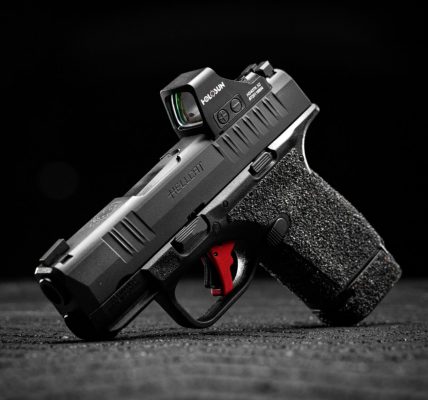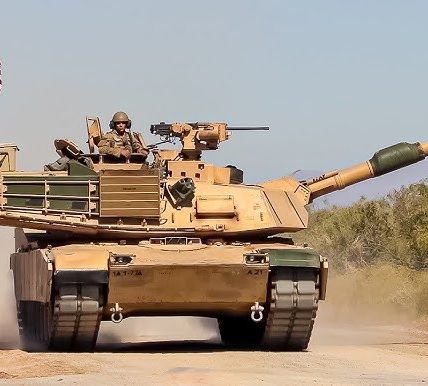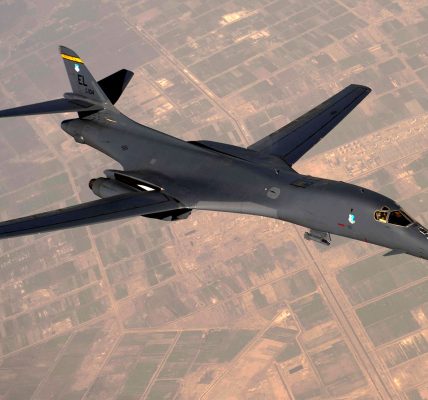Sabers, with their elegant curves and sharp edges, have captured the imagination of people for centuries. From ancient battlefields to modern-day fencing competitions, sabers have played a significant role in human history.
Historical Origins
The saber can trace its roots back to ancient Persia, where curved swords were used by cavalry units. Over time, these swords evolved and spread throughout Europe and Asia. During the Middle Ages, the saber was a popular weapon among knights and other warriors.
Types of Sabers
There are several types of sabers, each with its own unique characteristics:
- Cutlass: A short, curved sword with a broad blade, often associated with naval combat.
- Falchion: A single-edged sword with a curved blade and a counter-curved hilt.
- Scimitar: A curved sword with a single-edged blade, often used by cavalry units in the Middle East and Asia.
- Saber d’Épée: A fencing sword used in the sport of épée, characterized by its straight blade and cup hilt.
Fencing Techniques
Saber fencing is a sport that involves using a saber to engage in mock combat. The goal of saber fencing is to score points by striking the opponent’s target area, which includes the head, neck, chest, and arms. Saber fencing is known for its fast-paced action and emphasis on footwork and bladework.
The Saber in Popular Culture
Sabers have been featured in countless works of fiction, including movies, television shows, and video games. They are often associated with characters who are skilled fighters or warriors. The saber’s iconic appearance and historical significance have made it a popular subject for collectors and enthusiasts.
Modern-Day Use
While the saber is no longer used as a weapon in modern warfare, it remains a popular tool for historical fencing and martial arts. It is also a popular subject for collectors and enthusiasts who appreciate its beauty and historical significance.
Would you like to know more about a specific type of saber, the history of saber fencing, or the role of the saber in popular culture?




